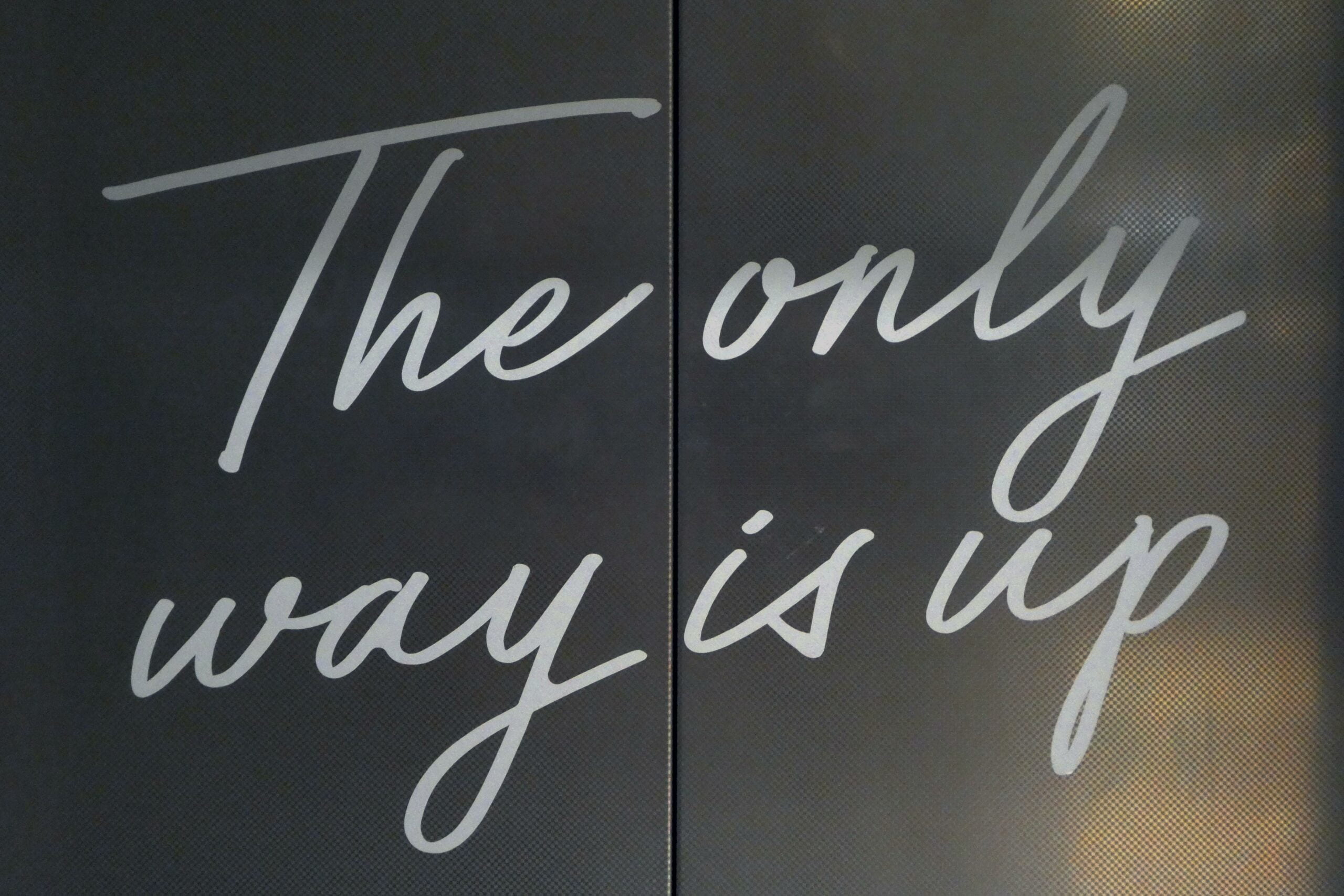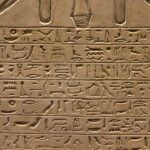Are you ready to embark on a journey into the mesmerizing world of Chinese calligraphy? Prepare to be captivated by the intricate brush strokes, the rich historical traditions, and the deep cultural significance behind this art form. In this article, we will unveil fascinating facts about Chinese calligraphy that will leave you in awe. As a seasoned art journalist specializing in calligraphy and with a deep passion for East Asian cultures, I am thrilled to take you on this exploration of a captivating art form that has shaped Chinese culture for centuries. Get ready to unlock the secrets and uncover the beauty of Chinese calligraphy like never before.

Fascinating facts on Chinese calligraphy
Chinese calligraphy, regarded as the highest form of visual art in China, holds a rich history dating back nearly 1,000 years. From an early age, children in China were trained to write beautifully, recognizing good calligraphy as a valuable social asset. But what exactly sets Chinese calligraphy apart and makes it a unique artistic form and cultural treasure? Let’s delve into some fascinating facts on Chinese calligraphy and explore its captivating world.
1. Originating in Ancient China: Chinese calligraphy traces its roots back to the Shang Dynasty, which flourished around 4,000 to 5,000 years ago. Considered the birthplace of calligraphy, Ancient China witnessed the earliest use of characters on oracle bones and bronze vessels. These primitive inscriptions evolved into the intricate and artistic calligraphy we admire today.
“Chinese calligraphy has a mesmerizing history, originating in Ancient China with its earliest forms found on oracle bones and bronze vessels.”
2. A Marriage of Art and Writing: Unlike other forms of visual art, Chinese calligraphy is not merely intended for aesthetic purposes. It melds artistic expression with the act of writing, capturing dynamic life and motion on paper. The artists infuse their work with energy and rhythm, highlighting the fluidity of brushstrokes and harmony of characters.
“Chinese calligraphy is a harmonious marriage of art and writing, where the artists aim to capture dynamic life and motion on paper.”
3. Ink and Wash Painting Connection: Chinese calligraphy and ink and wash painting are closely linked, sharing similar techniques and tools. Both art forms require the use of brushes, ink, and paper. The mastery of brushwork, ink control, and composition in calligraphy is central to ink and wash painting. This connection allows calligraphers to create expressive and emotive artworks that transcend borders.
“Chinese calligraphy and ink and wash painting go hand in hand, utilizing similar techniques and tools to create expressive and emotive artworks.”
4. Valued Above Paintings: In traditional Chinese culture, a fine piece of calligraphy was often more highly prized by art collectors than a good painting. The reason behind this lies in the belief that calligraphy reveals a person’s character, inner spirit, and skill. It is a window into the calligrapher’s soul and offers a deeper connection to their artistic expression.
“In traditional Chinese culture, calligraphy was highly esteemed, as it was believed to reveal the calligrapher’s character and inner spirit.”
5. The Multifaceted Calligraphers: Reputable calligraphers in China were not only well-educated in their craft but also skilled in various other art forms such as painting, poetry, music, and even martial arts. These multifaceted artists embodied the harmonious integration of different arts, reflecting the Chinese philosophy of seeking balance and unity in all aspects of life.
“Chinese calligraphers are not just masters of writing, but also accomplished in a wide range of artistic disciplines, showcasing their multifaceted talents.”
Chinese calligraphy has captivated the world for centuries, embodying the essence of Chinese culture and providing profound insights into the country’s history and traditions. By unraveling these fascinating facts, we can appreciate the artistic mastery, cultural significance, and inspirational nature of Chinese calligraphy. So, grab a brush and ink, and embark on an enthralling journey through the mesmerizing art form of Chinese calligraphy.
[Sources: factfile.org, chinafacttours.com, chinahighlights.com, kidadl.com]
Chinese calligraphy is a fascinating art form that has a rich history and cultural significance. If you’re curious to learn some fun facts about Chinese calligraphy, you won’t be disappointed! From the intricate brush strokes to the symbolism behind each character, there is so much to discover. Click here to uncover some captivating insights about this ancient practice: fun facts about Chinese calligraphy. You’ll be amazed by the beauty and complexity of this unique art form!
FAQ
Question 1
What is the significance of Chinese calligraphy in China?
Answer 1
Chinese calligraphy is traditionally regarded in China as the highest form of visual art. It holds immense cultural and spiritual significance and is considered a unique artistic form and cultural treasure in China.
Question 2
How long has Chinese calligraphy been in existence?
Answer 2
The origin of calligraphy is attributed to China and has been in existence since the Shang Dynasty, around 4,000-5,000 years ago. It has a rich history of about 1,000 years.
Question 3
Is calligraphy connected to any other art forms?
Answer 3
Yes, Chinese calligraphy is often linked with ink and wash painting. Both art forms use similar techniques and tools, and they share a focus on capturing dynamic life and motion in their works.
Question 4
How was calligraphy valued in traditional Chinese culture?
Answer 4
A fine piece of calligraphy was often more valued by art collectors than a good painting in traditional Chinese culture. Artists with expertise in calligraphy were highly respected and esteemed in society.
Question 5
What were the skills and knowledge required to be a reputable calligrapher in China?
Answer 5
Reputable calligraphers in China were not only skilled in calligraphy but also well-educated and knowledgeable in other areas such as painting, poetry, music, and martial arts. These additional skills contributed to their understanding and mastery of calligraphy as an art form.
“`json
“`












